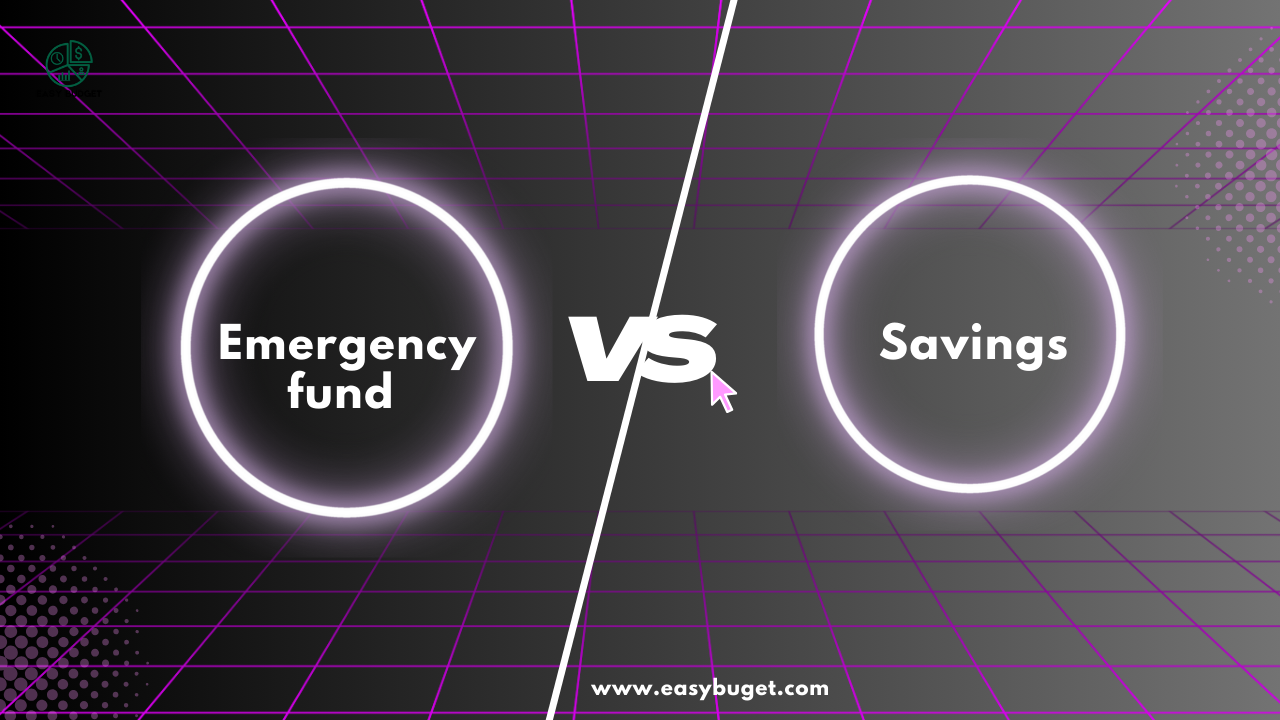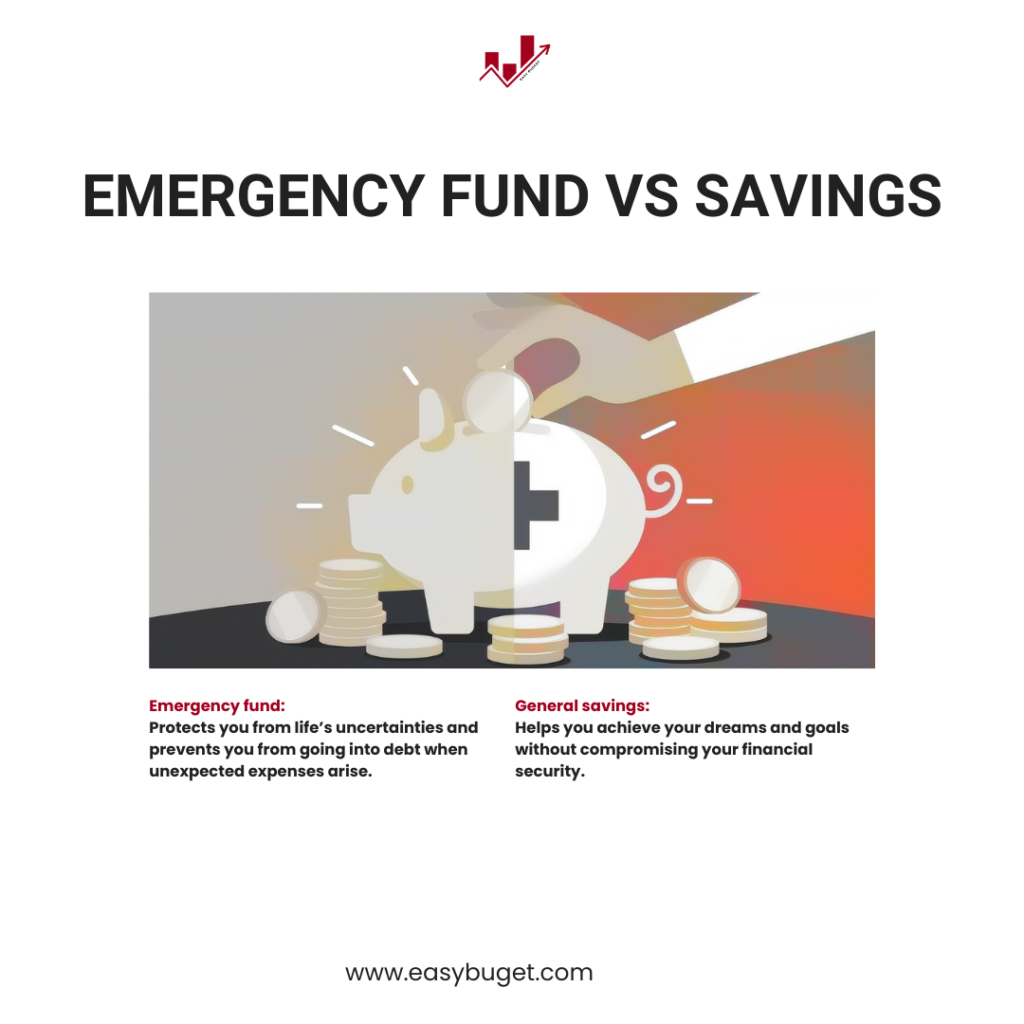Retirement planning can feel overwhelming, but it doesn’t have to be. With the right strategies and tools, you can create a secure financial future and enjoy the retirement you’ve always dreamed of. This guide will walk you through 10 smart strategies to help you take control of your retirement planning.

1. Understand your retirement needs
One of the first steps in retirement planning is understanding how much money you’ll need. Consider your future living expenses, including housing, healthcare, travel and leisure activities. Experts typically recommend saving enough to replace 70-80% of your pre-retirement income annually.
Pro Tip: Use a retirement calculator
Tools like the Fidelity retirement planner or Vanguard’s nest egg calculator can help you to estimate your savings needs based on your current age, income, and retirement goals.
2. Maximize employer sponsored plans
If your employer offers a 401(k) or similar retirement plan, make the most of it. Contribute enough to take full advantage of any employer matching. For example, if your employer matches 50% of your contributions up to 6% of your salary, that’s essentially free money toward your retirement.
Action step:
Increase your contributions gradually until you reach the maximum allowed limit. In 2025, the contribution limit for 401(k) plans is expected to be $22,500 (or $30,000 if you’re over 50).
3. Explore IRA options
IRAs (Individual Retirement Accounts) are excellent tools for building your retirement nest egg. There are two main types:
- Roth IRA: Contributions are made with after-tax dollars, but withdrawals in retirement are tax-free.
- Traditional IRA: Contributions may be tax-deductible, but withdrawals are taxed as income.
Key considerations:
- A Roth IRA is ideal if you expect to be in a higher tax bracket in retirement.
- A Traditional IRA may be better if you’re looking for immediate tax benefits.
4. Diversify investments
A diversified portfolio is crucial to mitigate risks and maximize returns. Your investment mix should include stocks, bonds, mutual funds and possibly alternative investments like real estate.
Age based asset allocation:
- In your 20s and 30s: Focus on growth with higher stock exposure (e.g., 80% stocks, 20% bonds).
- In your 40s and 50s: Shift towards balanced portfolios (e.g., 60% stocks, 40% bonds).
- In your 60s and beyond: Prioritize stability (e.g., 40% stocks, 60% bonds).
5. Consider health care costs
Healthcare is one of the most significant expenses in retirement. According to recent estimates, a retired couple may need $300,000 or more to cover healthcare costs.
Planning tips:
- Open a Health savings account (HSA) if you’re eligible. Contributions are tax-deductible, and withdrawals for qualified medical expenses are tax-free.
- Consider long-term care insurance to cover nursing home or in-home care costs.
6. Create multiple income streams
Diversifying your income sources can provide financial stability in retirement. In addition to savings and investments, explore other options like:
- Rental Income: Investing in real estate can generate consistent cash flow.
- Side Hustles: Turn hobbies into income-generating activities.
- Annuities: Provide guaranteed income for life.
7. Delay social security
Delaying your Social Security benefits can significantly increase your monthly payouts. For every year you delay beyond your full retirement age (up to age 70), your benefits increase by approximately 8%.
Example:
If your full retirement age is 67 and you wait until 70 to claim benefits, you could receive 124% of your monthly benefit amount.
8. Take advantage of catch up contributions
If you’re 50 or older, you’re eligible for catch-up contributions, which allow you to save more for retirement. For example:
- Add an extra $7,500 to your 401(k) contributions.
- Contribute an additional $1,000 to your IRA.
9. Use retirement planning tools
Take advantage of apps and tools designed to simplify retirement planning:
- Mint: Tracks expenses and helps you stay within budget.
- Personal Capital: Offers a retirement planner to track savings and investments.
- YNAB (You Need a Budget): Helps manage finances to maximize savings.
10. Revisit and adjust your plan regularly
Retirement planning isn’t a one-time task. Life changes and so should your strategy. Review your plan annually to ensure you’re on a track and make adjustments as needed.
Checklist for annual reviews:
- Update your savings goals based on new expenses or income.
- Reassess your investment portfolio’s performance.
- Review healthcare and insurance plans.
Conclusion
Retirement planning is a journey, not a destination. By implementing these 10 retirement planning strategies, you can build a secure financial future and enjoy a stress free retirement. Start today by exploring your options, whether it’s maximizing your 401(k), opening an IRA, or diversifying your investments. Every step you take brings you closer to the retirement you deserve.
Ready to take control of your retirement planning? Try tools like Vanguard’s Nest Egg Calculator or explore Roth IRA options to kickstart your journey today. Share your biggest retirement planning questions in the comments below—let’s start the conversation!













